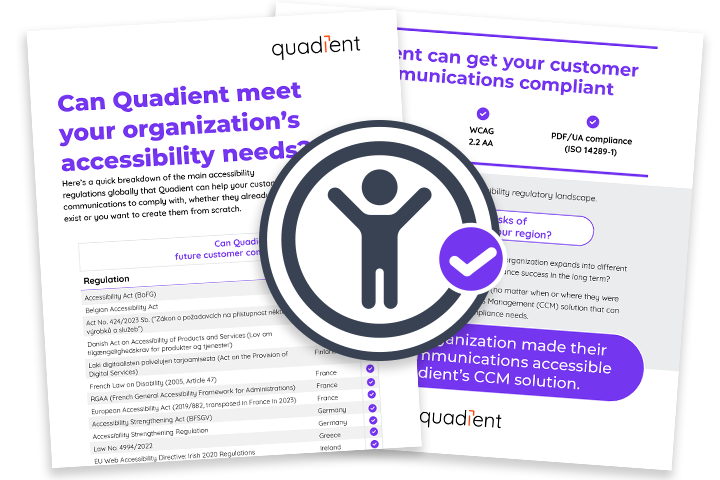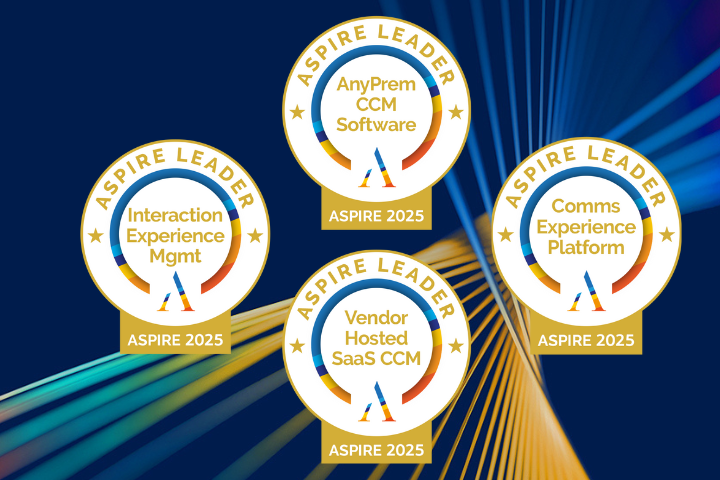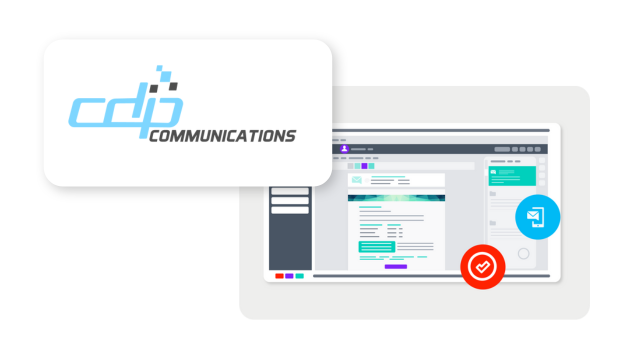
.Inflation may not dominate headlines in 2025, but its effects are still very real—especially for finance leaders.
If you’re running the numbers for a small or mid-sized business in North America, you’ve likely seen input costs creep up, wage pressures build, and investment plans get pushed down the calendar.
Inflation isn't over. According to Statistics Canada, the Consumer Price Index (excluding energy) rose 2.9% year-over-year in April 2025. In the U.S., core inflation is holding at 2.8% for the same period. These aren’t dramatic spikes, but they still eat into margins and delay growth plans. Nearly half of Canadian businesses now say inflation is a direct barrier to operations.
This article outlines six practical ways finance leaders can reduce margin pressure, improve working capital, and strengthen resilience in today’s cost-heavy environment. It’s based on insights from the new Quadient eBook, The Finance Leader’s Guide to Managing Inflation.
1. Stop the margin squeeze before it starts
You can’t fix inflation, but you can blunt its impact.
Start by revisiting your supplier contracts. Many finance teams are sitting on outdated terms that no longer reflect today’s cost structures. Renegotiating early—with data in hand—can prevent surprises later. If you’re buying at volume, ask for incentives. If not, consider diversifying vendors.
Pricing matters too. Smart finance teams collaborate with sales to build models that protect margins without surprising customers. Test modest price increases with small cohorts and bundle services to show value.
2. Automate AP before it hurts you
Manual AP slows you down and leaks cash.
It increases errors, delays payments, and misses early-pay discount windows. Quadient AP helps finance teams process invoices 80% faster using OCR and AI tools. It also flags 1% to 2% early payment discounts automatically—money most teams leave on the table.
3. Rethink forecasting and budgeting
If you’re still building annual budgets with fixed assumptions, you’re already behind.
Leading finance teams are shifting to rolling forecasts and scenario planning. For example, a Q3 forecast should now include mild and high-inflation assumptions. The goal isn’t precision—it’s adaptability. You don’t want to be adjusting headcount plans in crisis mode.
4. Manage labor without killing morale
Labor is one of your biggest expenses—and it’s rising. CPA Canada’s latest compensation reports show steady growth in accounting salaries, especially for tech-savvy roles. Hiring is expensive. Losing people is worse. Finance leaders should focus on retention, upskilling, and smart role alignment before cutting headcount.
The most competitive teams are using automation not just to cut costs—but to reduce burnout. Quadient AP replaces repetitive invoice work with tools that free staff for more valuable tasks.
5. Tech that helps you think ahead
Technology can’t eliminate inflation—but it can make your finance team faster, clearer, and more confident.
Tools like Quadient AP give you real-time invoice visibility and workflow control. Live dashboards make it easier to track DSO, DPO, and inventory turns side-by-side. You don’t fix what you don’t measure.
As Sharon Desser, Accounting Manager at EnergyWatch, put it after switching to Quadient AP: “Now we’re just reviewing data.” Her team went from manual check-writing to automated invoice approvals in just weeks—and freed up time to focus on strategy instead of paperwork. Read the full EnergyWatch case study.
6. Start small, move fast
The new eBook lays out a 90-day checklist to help finance leaders take action. It includes specific steps like renegotiating supplier terms, piloting e-invoicing, launching pricing tests, and rolling forward forecasts. Each task is designed to be completed in a two-week sprint.
This isn’t about sweeping change. It’s about building momentum—and getting quick wins that protect your margins right now.
Final takeaway
The margin pressure isn’t going away. But you’re not powerless. With better forecasting, smarter workflows, and automation tools like Quadient AP, finance leaders can reclaim control of costs and free up the capital they need to move forward.
The goal isn’t perfection—it’s progress. Start with one or two changes and build from there. Inflation may be a factor, but it doesn’t have to be your excuse.








